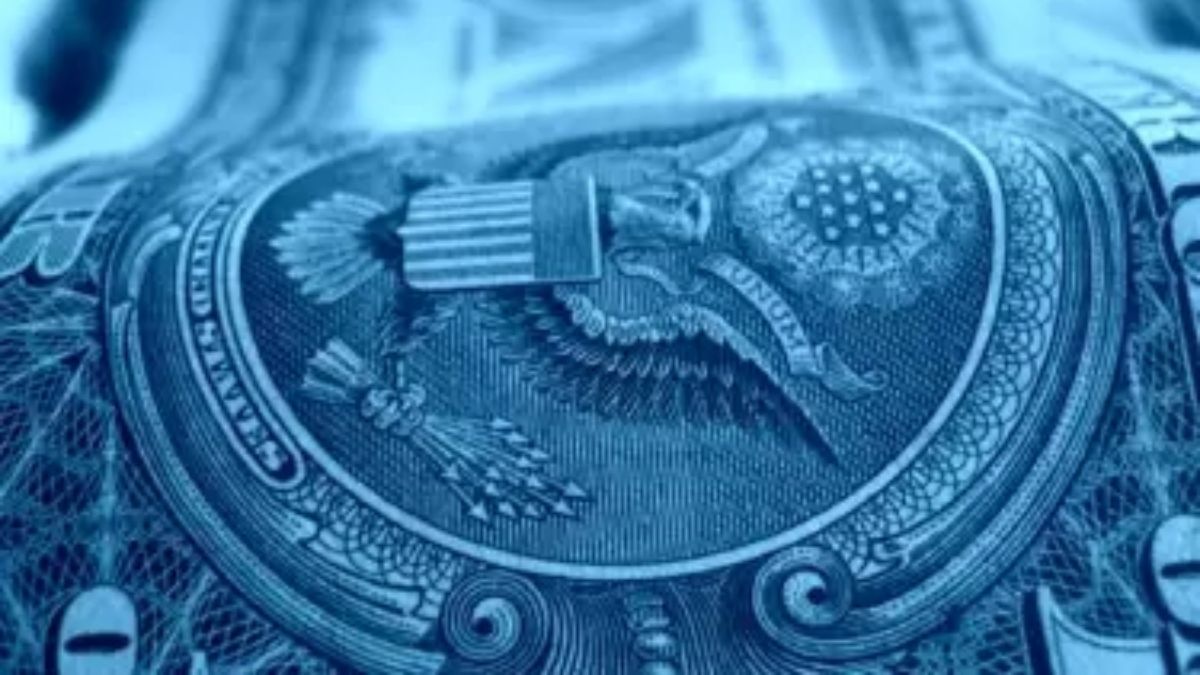Victor Cup, director of the Center for Studies of the New Economy, said that there are currently two main engines that influence the price of dollar. “In the first place, there was a strong monetary issue towards the end of the year and that at this moment influences the foreign exchange market. Every time there is an increase in the money supply, this surplus is dumped into the only reserve asset that exists in Argentina, which is the dollar. Consequently, it is not surprising that every time we notice an increase in the monetary issue, it translates into an increase in the demand pressure on the dollar”, he stated.
And he completed: “On the other hand, it is also true that the lack of concrete news regarding the negotiation with the IMF influences, in a context of an upcoming maturity that is not yet known if the government will pay or not. If there is a dominant name among these factors, it is the subject of uncertainty.
For its part, Julian Grancharoff, an economist member of the Observatory of the Economic Situation and Public Policies, considered that “there are several reasons why the blue dollar has been climbing.” “In the first place, the uncertainty surrounding the agreement with the IMF and a potential default put strong pressure on the dollar as a safe haven, especially these days when the first maturity is approaching. Argentine bonds in dollars have suffered the same pressure, with substantial falls in recent weeks. Likewise, the strong monetary issuance of recent months in a context of low or negative real interest rates in pesos, generate greater pressures on the exchange rate gap”, he detailed.
Claudio Caprarulo, director of the consulting firm Analytica, added the increase in production as a factor that influences the price of blue. “It is a small market, it is dangerous to draw conclusions for one or two days because some operations in particular can have a lot of influence. In any case, the trend is still bullish and this is for two reasons. The first is the higher level of activity, which, for example, grew 1.7% in November compared to October. That translates into higher profits that seek to dollarize, mainly from the informal sector that has the blue dollar as the option to protect itself from inflation and devaluation expectations,” he explained.
And he agreed with his colleagues that “the greater uncertainty that exists regarding the negotiation with the IMF and how the government is going to resolve the imbalances in the economy also influences, reasons that always keep the incentives to dollarize high, a behavior that yes, it has been in our economy for decades, but with the exchange rate it is reflected in the price of blue.”
Blue dollar: is the blue expensive or cheap?
In this order, Beker maintains that there are no other economic indices that justify a dollar at the current price, so its value is tied to the uncertainty about the next maturities with the IMF. For his part, Caprarulo said that the government still has the tools to curb the rises and further prevent the gap from widening.
“There is no economic index that justifies the price of $223, nor a comparative index. If this level of uncertainty were reduced, undoubtedly the price of the dollar should fall. But as long as the element that reduces uncertainty does not exist, any surplus in pesos will go to the dollar. The definition of (John Maynard) Keynes ‘the radical uncertainty’ about a situation in which it is not known what the future holds, acts as a good explanation of what happens today with the expectations of economic agents and why the only way seems be the dollar The price of the dollar seems to be the price of uncertainty,” Beker said.
Grancharoff agreed that a reference value cannot be estimated, since it is tied to the possibility or not of agreeing. “I imagine a scenario of great volatility with upward pressure on financial dollars until March 22, the date of an unpayable expiration date with the agency, or until when there is accurate news about the outcome with the IMF. In other words, while the days go by and no agreement is closed, I imagine a rising exchange rate gap. There may also be a certain decrease in international reserves, but in a context of a strong exchange rate trap, the gap will take the worst part.”
In contrast, Caprarulo argued that, despite the increases, the blue does not accompany inflation. “Today, if the blue dollar had accompanied inflation, it should be at a value close to $235. The government has tools to at least stop the increases and begin to reduce the exchange rate gap.
Source From: Ambito
David William is a talented author who has made a name for himself in the world of writing. He is a professional author who writes on a wide range of topics, from general interest to opinion news. David is currently working as a writer at 24 hours worlds where he brings his unique perspective and in-depth research to his articles, making them both informative and engaging.




